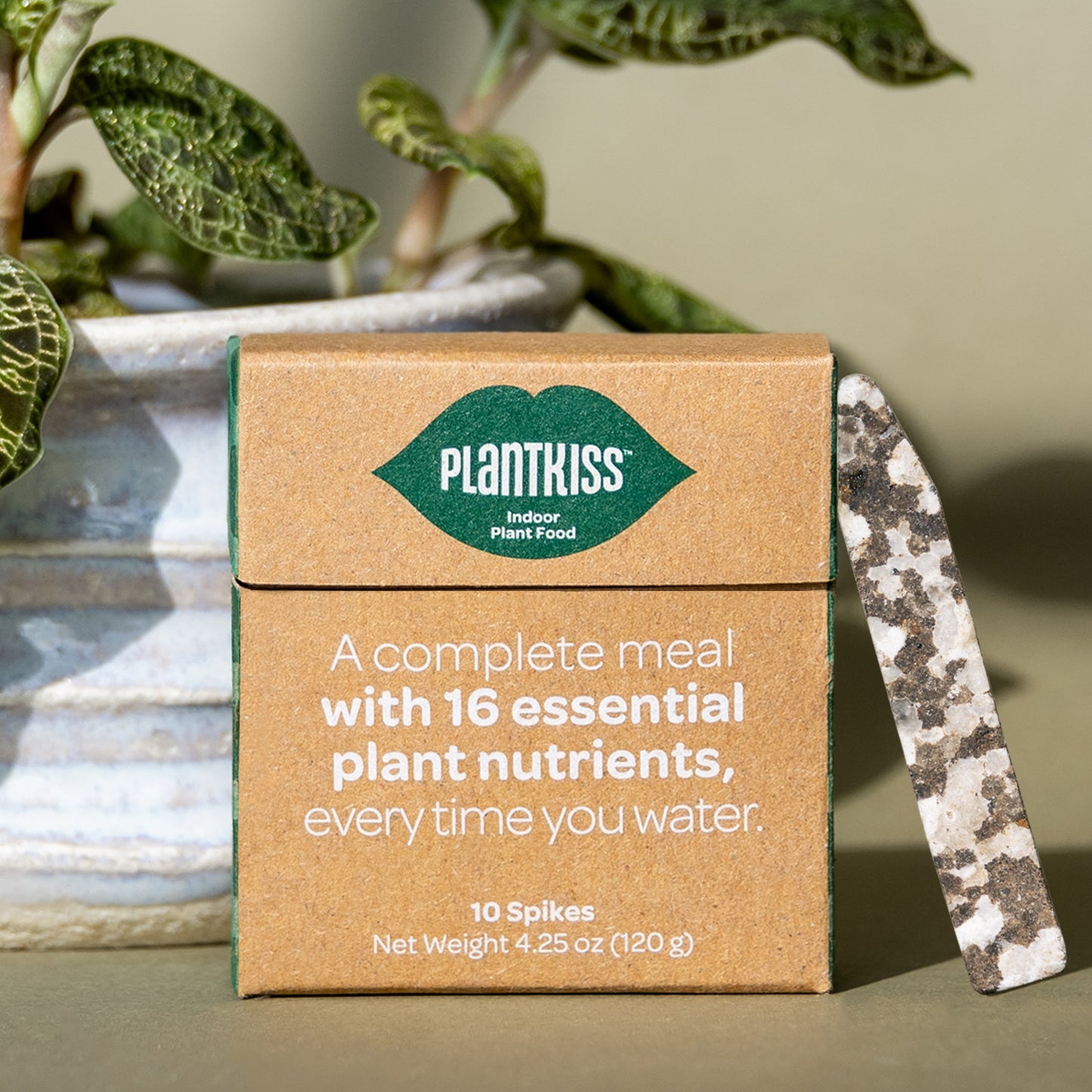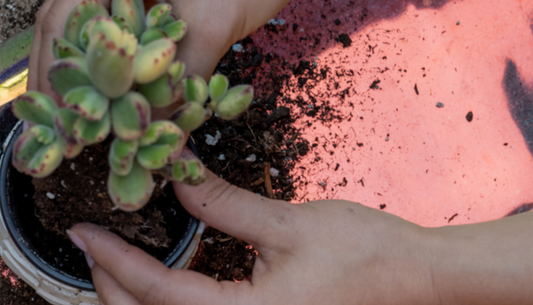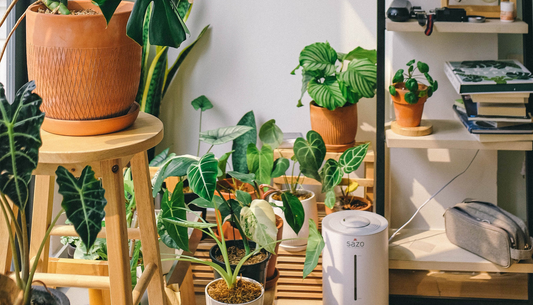Houseplants go a long way to improve our homes, but to keep them healthy and thriving, we have to do our part to take care of their homes. That’s why it’s important to know when your plants are ready for repotting, and how to do it successfully.
So why is repotting even necessary?
It's all about growth. Over time, your houseplants’ roots expand, taking up more space in their the soil. This can cause them to become root-bound, meaning they’ve run out of room, which can lead to wilting leaves, a weakened immune system, and overall stunted growth. Repotting your houseplants helps to give them more space, as well as a fresh start for a healthy future.
When is it time to repot?
Keep a close eye on your plants. They’ll tell you when they’re ready to move.
- If the roots are growing out of the drainage holes at the bottom of the container or are circling around the base of the plant, that’s your clearest sign to repot.
- If you notice your plant isn’t growing as vigorously as it used to, or if leaves are yellowing or falling off, this could be because it’s root-bound and needs more space to grow.
- If the soil is dry and hard or water is pooling on top, it probably means the roots are no longer absorbing water because they’ve become bound.
##product
How to repot your houseplant.
It’s a pretty simple process, but it's important to follow the steps carefully for a successful transition.
- Choose a new container that’s noticeably larger than the current one. Make sure it has drainage holes at the bottom so excess water can flow.
- Gently remove your plant from its pot, being cautious not to damage the roots. If it’s root-bound, you may need to use a knife or scissors to carefully loosen the roots and remove any dead or damaged ones.
- Place a layer of fresh potting soil, level and even, in the bottom of the new container.
- Place your plant in the new container, making sure it's centered and straight. Fill in the space around the roots with fresh soil, gently pressing it down to remove any air pockets.
- Water thoroughly—just enough so the soil is evenly moist. Be careful not to overwater, as this can cause root rot.
- Place your plant in bright, indirect light and allow it to adjust to its new home.
A new pot gives your plant new life.
If you follow the steps, and keep your plant watered and fed with PlantKiss, you should see your plant thriving in its fresh, new home.






